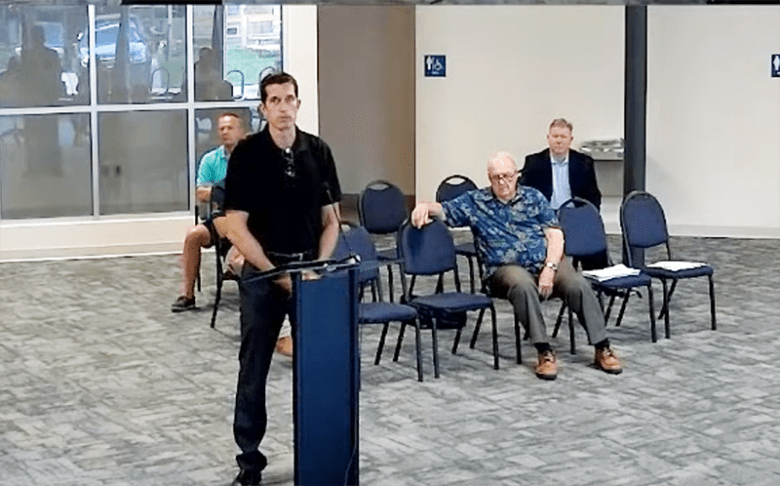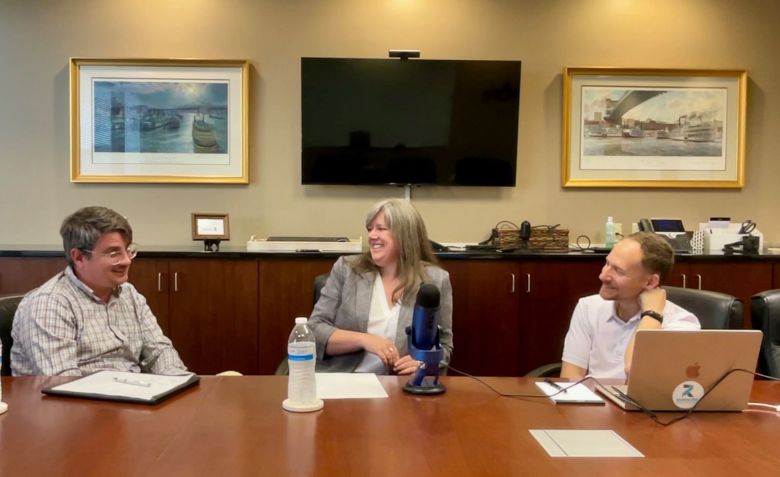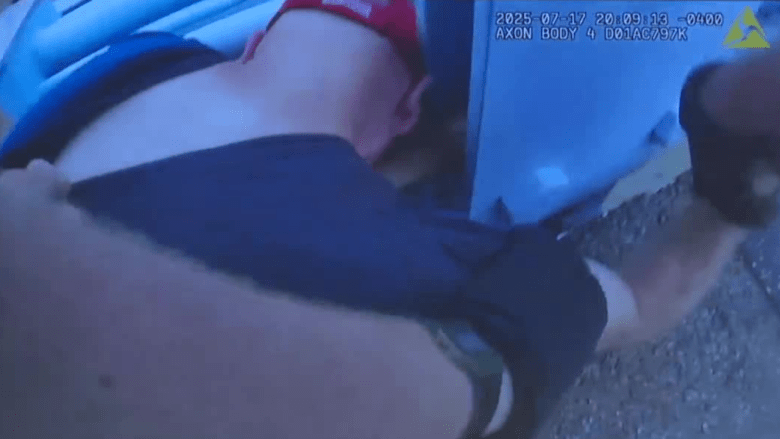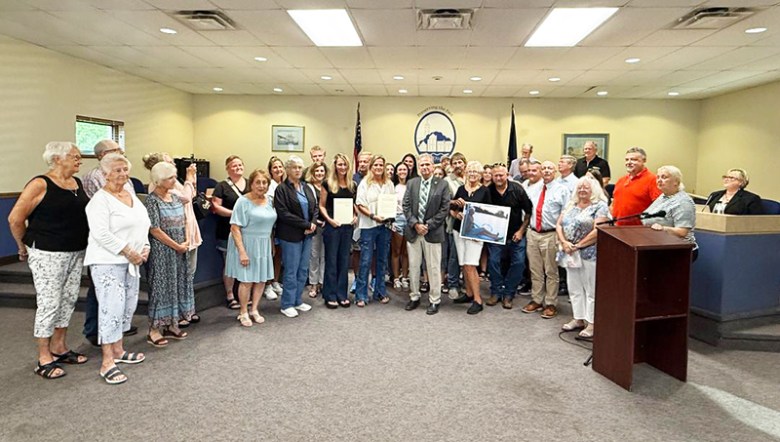The Indiana Supreme Court heard a dispute Thursday over the amount of land that is subject to the state’s 1% homestead tax cap, which may result in a considerable loss of property tax revenue for local governments. Indiana Capital Chronicle photo.
The city of Indianapolis The Indiana Supreme Court heard a lawsuit Thursday, June 26 regarding the amount of land that is subject to the state’s 1% homestead tax cap, which could result in a considerable loss of property tax revenue for local governments.
According to Supreme Court Justice Christopher Goff, “I’m worried that if we were to go as expansive as you’re suggesting, these schools, police stations, and fire stations would probably close in many communities due to lack of revenue.”
However, if additional acreage was included in the 1% percent cap, homeowners would save money. Additionally, it would add to the administrative load on assessors to look at property use instead of the current one-acre limit.
In 2010, voters in Indiana enacted property tax limitations that set the cap at 1% of the assessed value of homesteads, 2% for farmland and other residential property, and 3% for businesses. These restrictions do not apply to increases resulting from independently authorized referendums.
The case’s plaintiffs contend that the constitutional clause is violated by the state statute that restricts the 1% cap to your home and one acre of property.
The potential impact of the case on land was not estimated. In Indiana, the average lot size is closer to 13,000 square feet, while the median is 9,200 square feet. 43,560 square feet make up an acre.
A bill to lower homeowner property taxes next year was just enacted by lawmakers, but income taxes may make up the difference.
In this instance, the taxpayers are Dr. Tulsi and Kamini Sawlani, who own 3.9 acres of land. The remaining 2.9 acres are subject to the 2% cap as the Lake County Assessor has restricted the 1% cap to one acre. According to their lawyer, this costs them roughly $1,000 a year.
At a hearing on June 24, 2024, Justice Christoper Goff of the Indiana Supreme Court poses a query. screenshot taken during oral arguments.
In support of the Sawlani family, Gerold Stout stated that the majority of Hoosiers believed that their whole property, regardless of size, would be considered their homestead when they voted for the tax caps.
Because the one-acre restriction goes against the constitutional language that includes curtilage as part of a principal place of residence, the Indiana Tax Court ruled that it is unconstitutional.
By definition, a curtilage is the portion of property that is legally a component of a house and is usually included in the yard, garden, and outbuildings. However, it is not defined by state law.
Rather, the Supreme Court Chief Justice Loretta Rush pointed out that the one-acre restriction was in place since 1979.
Although there is a constitutional mandate for a uniform and fair property tax system, she and other justices pointed out that the Tax Court ruling makes it a case-by-case determination by assessors in 92 counties, meaning it could apply differently from community to community.
Stout was unable to define curtilage when Rush asked him to. “It depends on how a homeowner is using the land,” he remarked alternatively.
How many volleyball matches did you play? What if it wasn’t mowed? Rush enquired. It appears to be somewhat coincidental.
Stout acknowledged that homeowners would need to speak with assessors to determine how to use it.
For this reason, attorneys from the Attorney General’s Office and the Lake County Assessor’s office contended that the tax court ruling ought to be overturned.
Lake County representative Ayn Engle stated that lawmakers had complete authority to establish curtilage at one acre.
The tax court functioned more like a legislative body than a judicial branch, usurping the legislature’s wide authority. “I said,” she said.
Engle encouraged the court to decide the merits of the one-acre limitation, even while she acknowledged that the court could narrowly find against the particular homeowners in the case because they failed to present evidence to support their curtilage claim.
At the annual 2023 State of the Judiciary, Chief Justice Loretta Rush shared judicial achievements with lawmakers.
According to Engle, if assessors are expected to examine more than one acre, they will likely conduct their work differently in different counties.
Assessors need clear rules immediately, she added, and delaying would only delay the process by a year or two.
I have a lot of experience as a judge. That’s simply how it operates. According to Goff, people continue to bring cases.
Jenna Lorence, the deputy solicitor general, acknowledged that the one-acre restriction might be declared illegal under some situations, but she said that was for another time.
According to Justice Mark Mass, I am somewhat perplexed. According to what I understand, your job is to defend state statutes’ constitutionality. And now you’re implying that the application of this statute might be unconstitutional. It appears like you are debating both sides of this.
The Association of Indiana Counties and the Indiana Association of Realtors are among the organizations who have participated in the arguments and filed briefs in the case.






